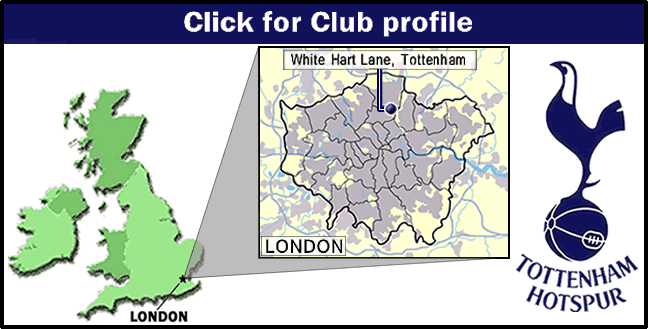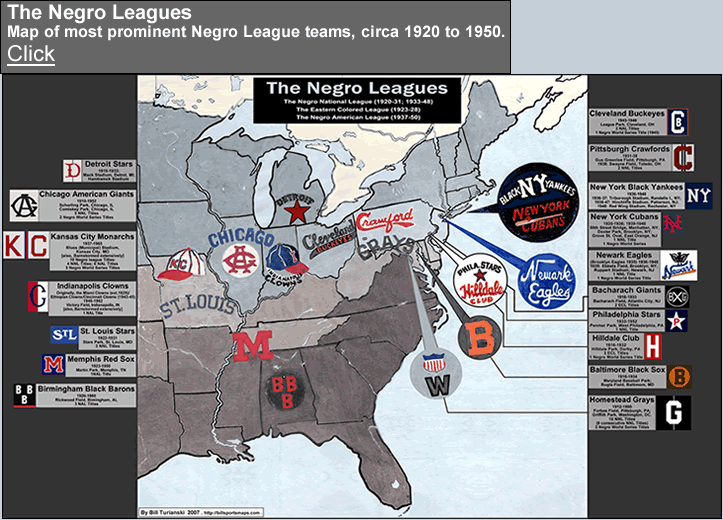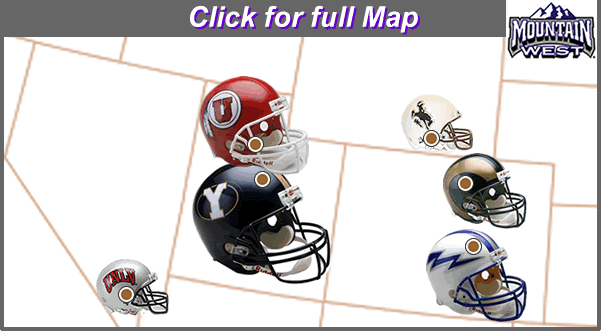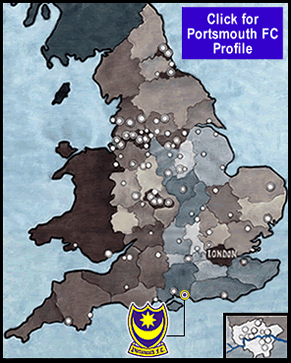
Hotspur FC was formed in 1882, by a group of teenagers in the North London district of Tottenham, and named after Henry IV (Henry Hotspur, of Shakespearean fame), who had lived there in the 14th century, and whose descendants owned land there. The name was changed to Tottenham Hotspur FC in 1884. The club turned professional in 1895. They joined the Southern League the following year. In 1898, they began wearing white jerseys and navy blue pants, in emulation of Preston North End, the top English club of the time. They won the FA Cup in 1901, as the first non-League club to win the trophy, beating Sheffield United 3-2, in the replay. They were elected to the Second Division in 1908, and immediately won promotion to the First Division, in 1909. However, their form suffered, and by 1915, the time of the Great War (now called World War I), they were bottom of the league.
Resumption of the league, in 1919, brought about expansion to 22 teams. Chelsea, set to be relegated, as they finished second-from-bottom in 1915, were allowed to remain in the top flight. But the other new spot was not given to last-place Tottenham, but rather to Arsenal, even though Arsenal had finished 5th place in the Second Division. This, compounded by Arsenal’s encroachment into Tottenham’s territory five years earlier, led to the bad feelings toward Arsenal that have continued to this day. (See this article.) The club bounced right back to the top flight the next season, though, and won their second FA Cup (1921). They beat Wolverhampton 3-1, before 71,000 at Stamford Bridge. A second-place finish the next season was followed by a steady decline, ending in relegation in 1928. From 1928 to 1950, they languished, spending 13 of 15 seasons in the Second Division. But under Athur Rowe, starting in 1949, Tottenham began playing in an agressive, fluid style, called “push and run,” that was marked by give-and-go passing. Key players included Alf Ramsay and Bill Nicholson. They gained promotion in 1950, then won their first National Title, in 1951, their first season back in the First Division. In the next nine seasons, they finished second place twice, and third place twice, but also finished in 16th and 18th place two times. Tottenham won their second (and last) Title in 1961. In fact, they became the first English club in the twentieth century to win “The Double” (League Title + FA Cup), by beating Leicester City 3-1, at Wembley. This legendary side was managed by Bill Nicholson, and featured Jimmy Greaves, Danny Blanchflower, and Dave Mackay. The next season, they finished second, and won their fourth FA Cup, defeating Burnley 3-1. In 1963, they became the first British team to win silverware on the continent, claiming the European Cup Winners’ Cup over Atletico Madrid, 5-1. Tottenham won their fifth FA Cup in 1967, beating Chelsea 2-1. More Euro glory was gained in 1973, when Tottenham won the new UEFA Cup, over Wolverhampton.
Since 1950, Tottenham Hotspur have spent just one season in the second level: 1977-78. Back in the top tier, in 1978, they signed two Argentinian World Cup winners, Ossie Ardiles and Ricardo Villa. This was an unusual act for the era, and it helped propel the club to back-to-back FA Cup wins in 1981 and 1982. Both of these Cup finals went to replays; the ’81: 3-2 over Manchester City, the ’82: 1-0 over Queens Park Rangers. Tottenham won their second UEFA Cup in 1987, over Anderlecht of Belgium. That year was ultimately a disappointment, though, as they frittered away the league title, and lost to their nemesis Arsenal, in the FA Cup final. They did win their eighth FA Cup, though, in 1991, with a side that included Gary Linekar and Paul Gascoigne. Since then, the club has won no silverware, and their best finish has been 5th place, in 2006 and 2007. (They blew a 4th place finish in 2006, on the last game of the season, after half their starting lineup fell ill from food poisoning. Fourth place is so important in England, because that is the last European Champions League spot, and is basically the ticket to the promised land of Big Club status.) This 25-year run of failure has led to mounting frustration amongst the fans, and pressure from the board for results. Being such a high profile club from London, with one of the most successful clubs in all of England only 4 miles away, has turned the need for results into a mania. Which can partially explain the poor way in which the board, under chairman Daniel Levy, handled the dismissal of much-loved manager Martin Jol, in late October, 2007. This after a poor start to a season where they were odds-on favorites to finally break into the coveted top 4. New manager Juande Ramos, fresh off two straight UEFA Cup wins at Sevilla, takes over a club that boasts an explosive attack, but is prone to sieve-like defensive displays. Tottenham has huge ambitions, including a new stadium, and there are plenty of funds in the transfer kitty, but Ramos still has his work cut out for him.
Find out Tottenham Hotspur FAQ here.
Thanks to colours-of-football[dot]com, for the new kits; historicalkits[dot]co[dot]uk for the old kits (the 5 kits at the bottom left-hand corner), which are copyright Historical Football Kits, and reproduced by kind permission. Thanks to org[dot]ntnu[dot]no, and sportsgallery[dot]co[dot]uk for the photos. Thanks to tottenhamhotspur-mad[dot]co[dot]uk, and european-football-statistics[dot]co[dot]uk for stats. Thanks to wikipedia for info. Thanks to FourFourTwo for the great article.









